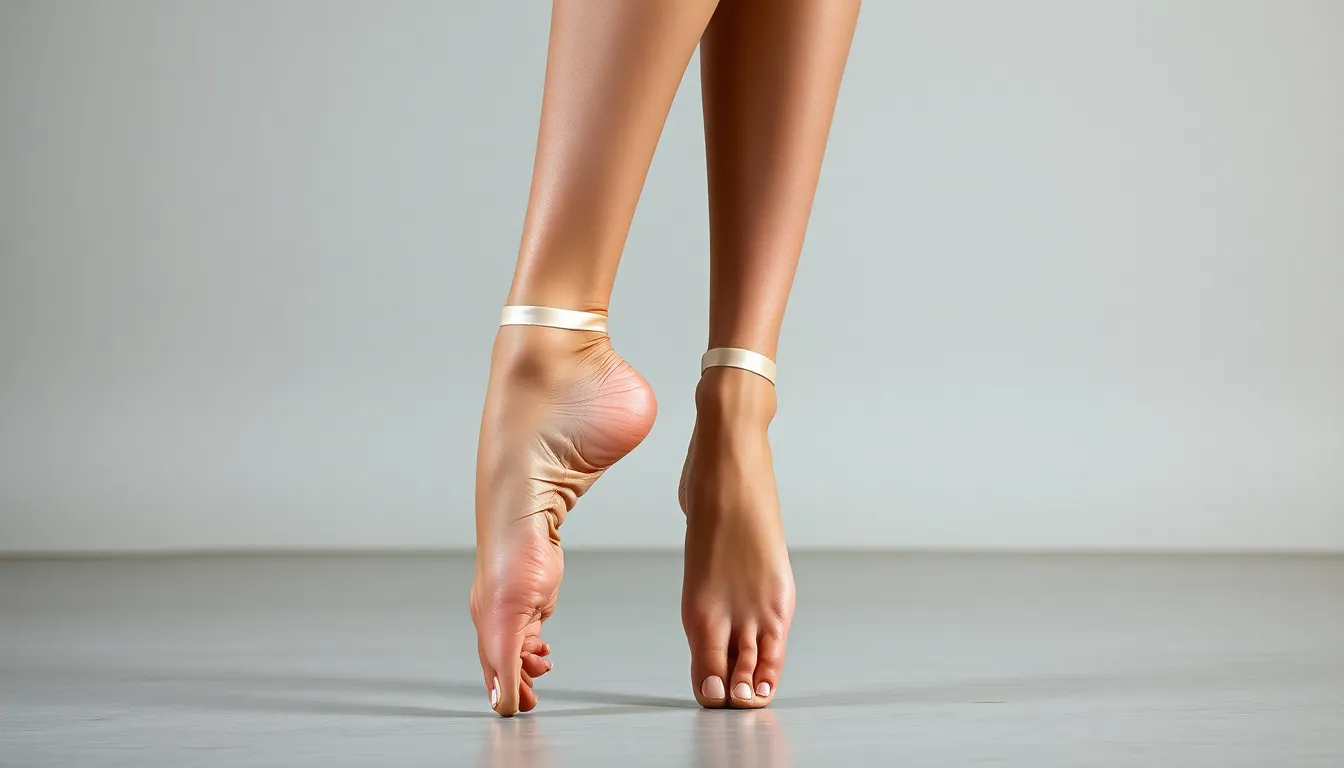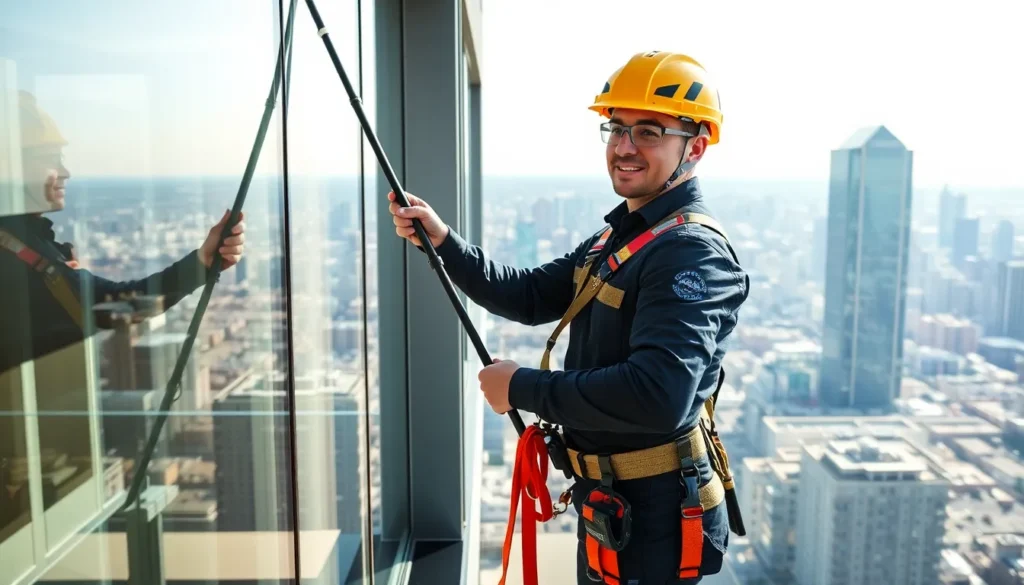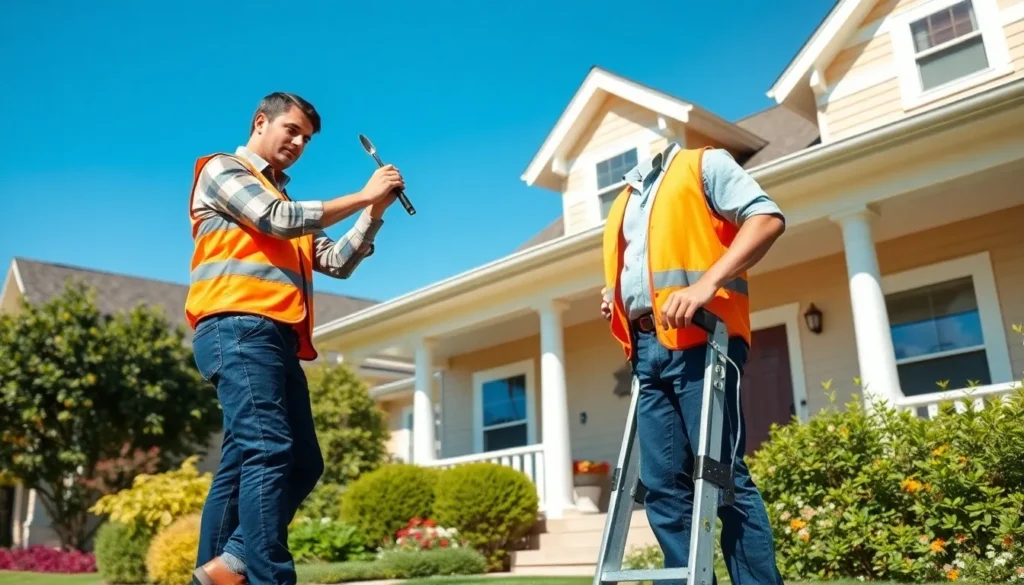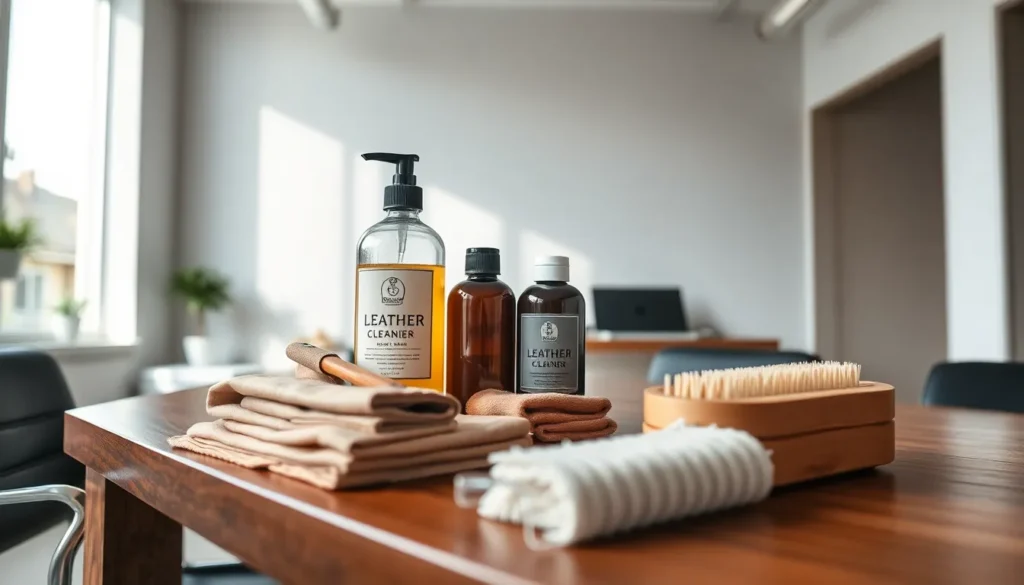Ballet is a beautiful art form that demands grace, strength, and precision. However, the journey to achieving those elegant lines comes at a cost, especially for dancers’ feet. The transformation from ordinary feet to the perfected, albeit sometimes battered, ballet feet tells a story of dedication and resilience.
In this article, readers will explore the striking contrast between the untrained foot and the seasoned ballet dancer’s foot. From calluses and arches to the iconic pointed toe, the evolution is both fascinating and revealing. Understanding this transformation not only highlights the physical demands of ballet but also celebrates the artistry behind every performance.
Table of Contents
ToggleUnderstanding Ballet Feet
Ballet significantly alters the structure and appearance of dancers’ feet. This section explores the characteristics of ballet feet and the physical effects of ballet training.
What Are Ballet Feet?
Ballet feet are defined by their specific physical adaptations resulting from rigorous training and technique. Key features include:
- Arched Foot: A prominent arch develops due to constant flexibility training, allowing for greater expressive lines.
- Pointed Toes: Prolonged use of pointe shoes trains the toes to extend, enhancing aesthetics during performances.
- Stronger Muscles: Increased strength in the foot and ankle muscles supports stability and agility during complex movements.
- Transformed Toes: Toes often adapt through squeezing in pointe shoes, potentially causing changes in shape and alignment.
The Impact of Ballet on Feet
Ballet training imposes unique demands on dancers’ feet, resulting in both positive and negative impacts. Notable factors include:
- Increased Strength: Ballet enhances foot and ankle strength, crucial for executing jumps, turns, and balances effectively.
- Risk of Injuries: Common injuries like sprains or stress fractures occur from intense pressure on the feet.
- Calluses and Blisters: Friction from shoes and floors leads to callus formation and blisters, which can be painful but are often accepted as part of the process.
- Foot Deformities: Conditions such as bunions or hammertoes may arise due to the unnatural positioning and repeated pressure on the feet during training.
Understanding these elements highlights the physical commitment required in ballet and the resulting transformations in dancers’ feet.
Common Changes in Ballet Feet

Ballet training induces significant changes in the structure and appearance of dancers’ feet. These transformations affect both functionality and aesthetics, showcasing the unique adaptations required for ballet performances.
Structural Changes
Structural changes in ballet feet include development of pronounced arches that enhance overall strength and flexibility. Increased muscle strength around the ankles and feet supports complex movements. Toes often become more elongated and may experience a shift in alignment due to repetitive positioning. Additionally, various foot deformities can arise, such as bunions or hammertoes, both resulting from sustained pressure and unnatural postures during training. The overall foot structure adapts to endure the demanding routines, allowing dancers to perform with heightened agility and precision.
Aesthetic Changes
Aesthetic changes in ballet feet manifest through the transformation of toe shapes and skin texture. Toes reshape and lengthen due to consistent pointe work, creating a visually distinct look. The skin frequently develops calluses and blisters, often regarded as marks of dedication to the craft. This toughened skin acts as a protective barrier against injury. Furthermore, the appearance of a dancer’s foot can reflect their level of training, with well-honed ballet feet exhibiting grace and strength that defines the art form.
Before and After Ballet Feet Experiences
Ballet training significantly alters dancers’ feet over time, leading to both functional and aesthetic changes. The experiences shared by dancers highlight the depth of this transformation.
Personal Stories from Dancers
Dancers often recount their journeys, illustrating the challenges and rewards associated with their evolving feet. Many describe the initial discomfort from pointe training, where the body must adapt to the demands of balancing on the toes. As one dancer notes, “The first time I went en pointe, I felt like my feet were screaming.” Over time, with relentless practice, the same dancer experienced enhanced strength and flexibility, ultimately appreciating the beauty that ballet brings to her feet.
Other dancers emphasize the development of resilience. One noted, “Seeing my arches become more pronounced was a testament to my hard work,” while another reflected, “The calluses I used to hate became symbols of my dedication.” These narratives capture the emotional and physical aspects of training, showing how dancers embrace their transformed feet as integral parts of their artistry.
Visual Comparisons
Visual comparisons of ballet feet before and after training underline the extent of transformation.
| Aspect | Before Ballet Training | After Ballet Training |
|---|---|---|
| Arch Height | Low arches, flat foot structure | Prominent arches, elevated |
| Toe Shape | Natural alignment | Pointed, often elongated |
| Muscle Development | Minimal strength | Significant muscle definition |
| Skin Texture | Smooth, uncallused | Callused areas, blister scars |
| Posture | Standard walking stance | Strengthened balance on toes |
Images depicting these transformations show the physical commitment required in ballet. Comparing before-and-after visuals captures the artistry and labor behind each dancer’s unique journey. The contrasts emphasize not just the aesthetic appeal but the functionality that enables precision in performance.
Care and Maintenance for Ballet Feet
Caring for ballet feet is essential to maintain both health and performance. Proper foot maintenance practices can prevent injuries and enhance the physical changes resulting from rigorous training.
Recommended Foot Care Practices
- Daily Hygiene: Clean feet daily using mild soap and warm water. Dry thoroughly, particularly between the toes, to prevent fungal infections.
- Moisturizing: Apply heavy cream or foot balm to prevent dryness and cracking. Focus on the heels and balls of the feet, as these areas endure significant pressure.
- Callus Management: Regularly file down calluses with a pumice stone to avoid excessive buildup while maintaining skin integrity and cushioning.
- Proper Nail Care: Trim nails regularly to prevent ingrown nails, which can cause pain and discomfort during dance. Keeping nails short also reduces the risk of injury.
- Footwear Choices: Select well-fitting, supportive shoes for daily activities. Ensure ballet shoes are fitted correctly, providing adequate support without constricting movement.
- Rest and Elevation: Rest feet after intensive training. Elevate them to reduce swelling and promote circulation, particularly after long hours of practice.
Exercises for Healthy Feet
- Toe Flexion and Extension: Sit in a chair and extend one leg out. Flex and curl the toes for 10-15 repetitions to improve agility.
- Towel Scrunches: Place a towel on the floor. Use toes to scrunch the towel toward the body, enhancing foot strength and dexterity. Repeat 5 times for each foot.
- Heel Raises: Stand with feet hip-width apart. Raise heels slowly, balancing on the balls of the feet, then lower back down. Complete 10-15 repetitions to strengthen calf and foot muscles.
- Ankle Circles: While seated, lift a foot off the ground and rotate the ankle in circles for 10 seconds in each direction. This exercise enhances flexibility and mobility.
- Resistance Band Stretching: Use a resistance band to stretch the feet and ankles. Sit with legs extended, placing the band around the toes and gently pulling back for 15-20 seconds. This improves strength and flexibility.
Incorporating these care practices and exercises into a routine preserves the health of ballet feet, allowing dancers to perform at their best while minimizing the risk of injury.
The transformation of ballet feet is a testament to the dedication and resilience of dancers. Through rigorous training and commitment to their craft, they develop not just strength but also an aesthetic that reflects their journey. The changes in arch height, toe shape, and muscle development highlight the physical demands of ballet.
While these adaptations can lead to challenges like injuries and deformities, they also represent the beauty and artistry inherent in ballet. Proper care and maintenance are crucial for sustaining foot health and performance. By incorporating recommended practices and exercises, dancers can continue to thrive in their passion while minimizing risks. The journey of ballet feet is one of strength, grace, and unwavering commitment to the art form.









